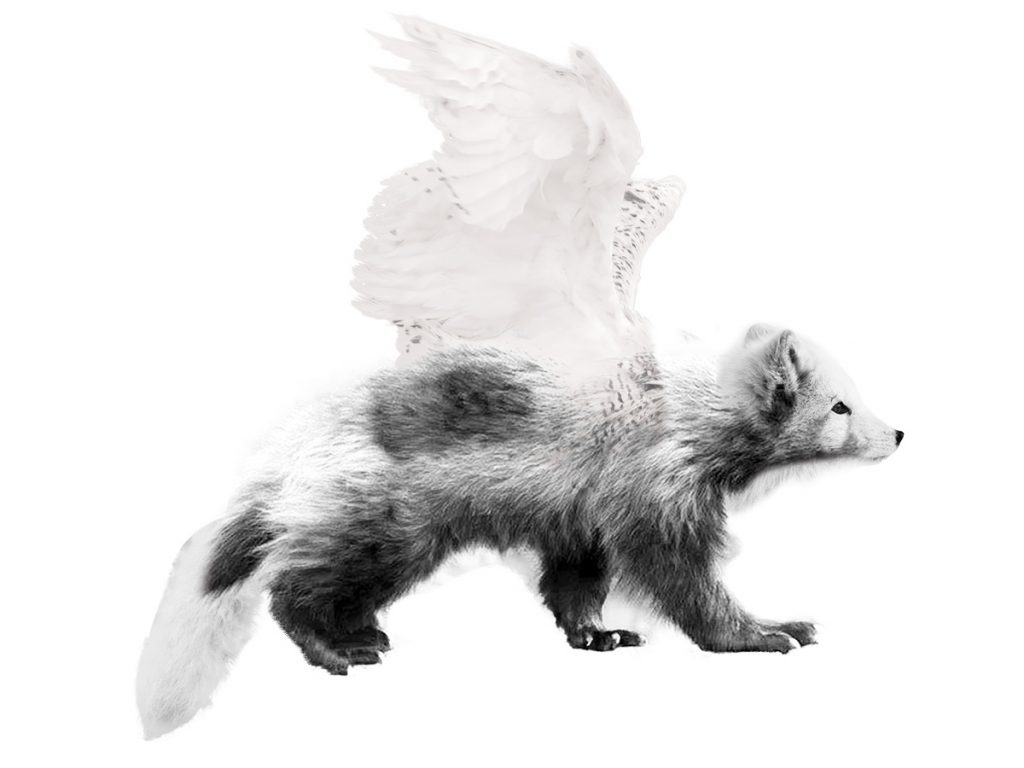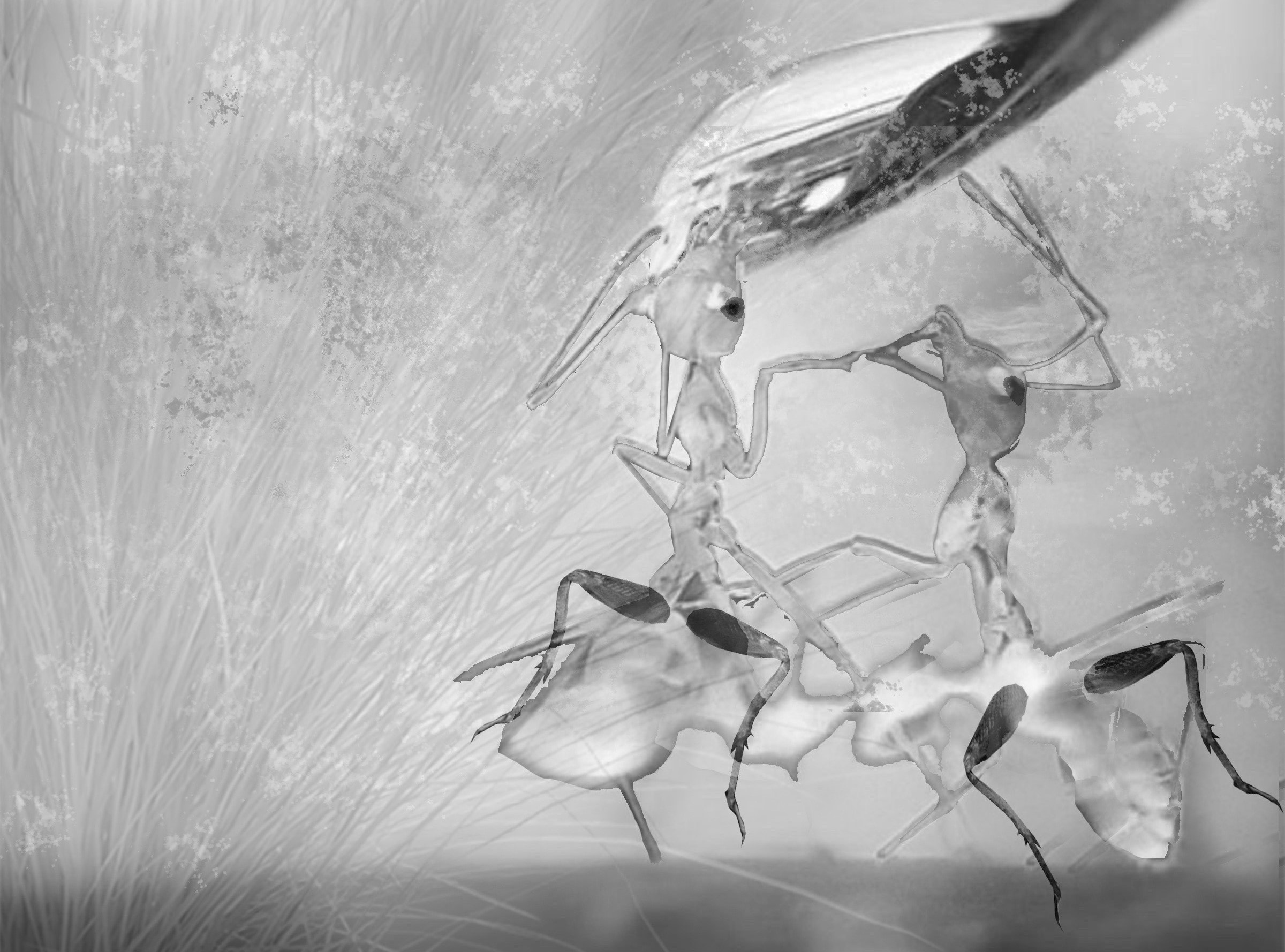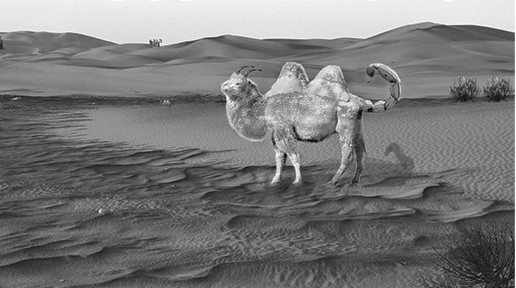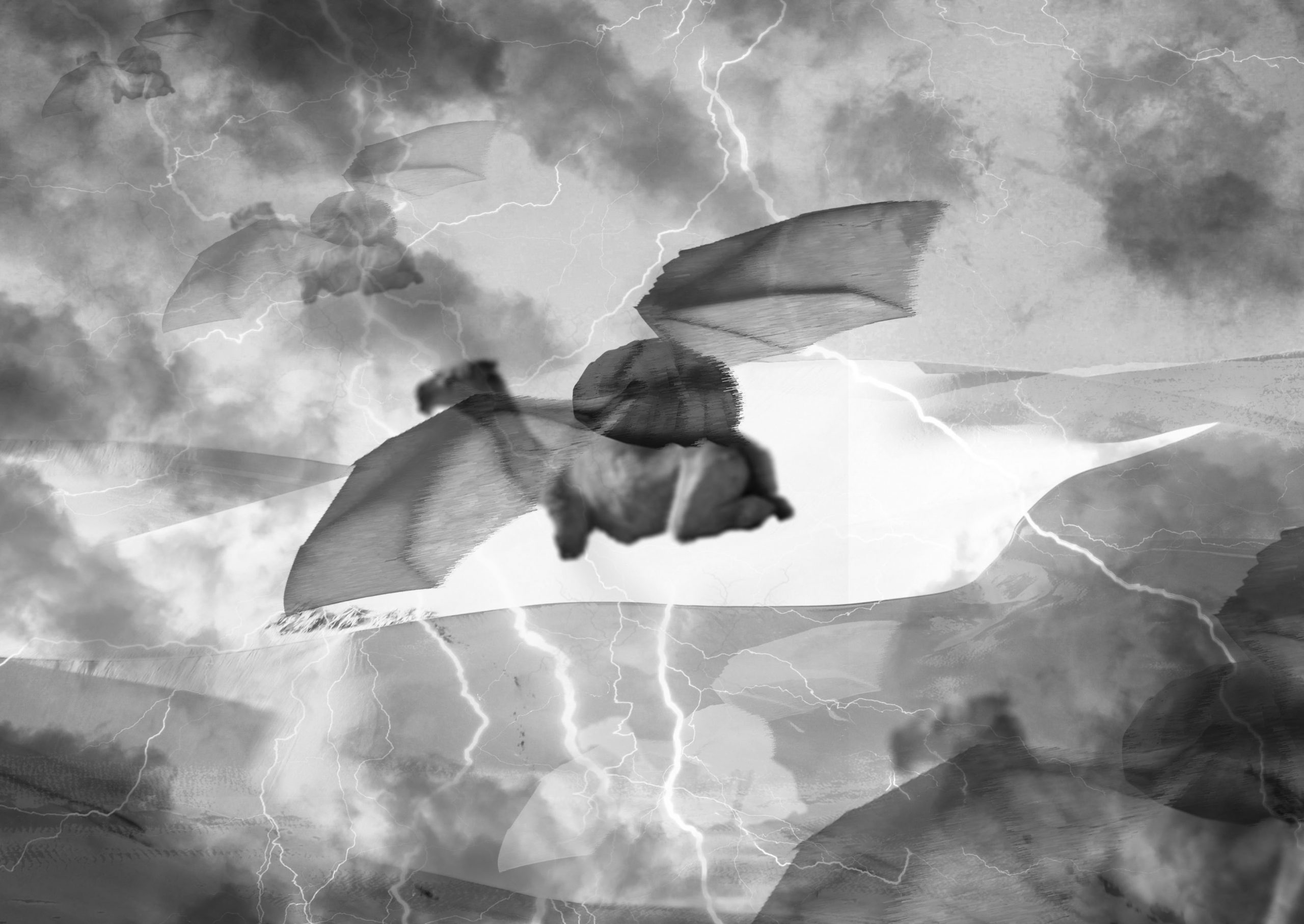Ecology + Design 2
Instructor: Brenda Brown
EVLU 3004
The Animal and Landscape books seen here were the term assignment for this lecture-discussion course. While you view digital versions here, hard-copy versions were required and created.
In this course, Ecology is considered as a science and in terms of its significance, implications and applications in landscape design and urbanism. Relevant principles and vocabulary are reviewed and augmented; pertinent design and planning projects presented; seminal articles read and considered. Ecology’s pertinence and applications in professional practice are examined; alternative approaches debated; and related problems, issues, theories, strategies, and technologies identified and discussed. Winter ecosystems and adaptations are considered too. Principles, concepts, and design converge in projects such as these.
Rationale/Purpose: By considering one animal in relation to the landscape it inhabits the phenomena, processes and relationships at work in that landscape ecosystem can be understood. Here, while an animal is the seeming focus, it is more a medium for better comprehending the landscape and the interrelationships at work there.
Instructions: Design an animal, situate it in a landscape ecosystem and create a book about it. The landscape may be existing or you may invent it. The animal may be a hybrid of two or more other animals or it may be an imagined evolution of an existing animal, or . . .. It is expected that in this creative process you will integrate and enrich lessons from this class. Introduce this animal via an illustrated book, its size and shape your choice. You may draw by hand or/and employ digital graphics.
The following aspects must be considered:
- Anatomy
- Physiology
- Habitat (obviously the landscape but particular parts of that landscape may be important for activities such as grazing, hunting, shelter, . . . )
- Behaviours (ex. Individual &/or group, migration, hibernation, mating, interactions with the environment and other organisms, . . .)
- Trophic relationships/energy balance
- Life expectancy/life span
Vanessa dos Santos Martins Macedo
Animal & Landscape
Hello, my name is Vanessa. Design is an element of my personality that helps me to express myself. ED3 Landscape and Urbanism helped me better comprehend the design implications of ecology and culture. I’ve always been fascinated by the impact of design on our landscape memories and experiences. One day, I hope to be able to design a landscape that will have a positive effect on the environment and on people’s health.
Abnormal anomalies caused by high radiation from the atmosphere lead earth’s species to mutate genetically, and it becomes common to see different species interbreeding to survive. An example is Ursa Corpus Mutatio, which comes from the Latin ‘bear body mutation. ’Commonly known as Wowl, its population is rapidly growing in the northern Manitoba and constantly adapting to its surrounding. To survive the harsh environmental condition and prevent extinction, the evolutionary mutation of Arctic Wolf, Arctic Owl and Wolverine allowed the interbreeding between these mammals.
Ngoc Le
Cranket
CRANKET is an insect, that prefers to live on dry grassland. However, they are still able to survive in the water base on their unique character of their body and the combination of members of the herd. Its characteristic blue colour comes with toxins in their skin that can paralyze or kill potential predators. The bright blue colour of this Cranket’s skin predators not to eat it. Cranket name comes from ant and cricket because it has a structure similar to that of an ant but its last two legs are big and strong like a cricket. These legs help it to jump higher and farther to catch its prey and escape its opponent easily.
Simranpreet Kaur
Scormmelion
I am enrolled in Master of Landscape Architecture Program (M1). I have an undergraduate Degree in Bachelor of Science in Agriculture (Honours) from Lovely Professional University, India and graduated in 2020. My experiences include working in horticultural research thesis. I am learning various 2D and 3D software right now.
The project focused on creating an animal of own creation or a hybrid between existing animals and depict their day-to-day life as well as their life throughout years and the strategies they follow to survive in their habitats. I created a hybrid between a camel, Chameleon, and a Scorpion. The project intended to provide better understanding how an animal’s body might work according to the surrounding environment.
Eudora Wu
Amphibian Camel
In 2122, the earth is enormously impacted by desertification because of the climate change that happened a hundred years ago. Most continents have been turning into sand and dust. Humans have developed underground, where the new urban core is located. On the earth’s surface, the majority of wild animals from the 21st century had to keep evolving and exchanging species, genes, and innovations to find a way to live. Those animals who were not taken by humans or did not experience innovation were extinct.
A new landscape, Extreme Desert, emerged because of the severe desertification. Extreme Desert is self-explanatory and only has two season: hot and dry summer, and cold and stormy winter.
Amphibian Camels are a common species that live in the Extreme Desert. They evolved from one-humped dromedary and two-humped Bactrian camels. Some appearances, such as facial features and legs, were maintained; however, a shell was grown to protect their humps from harsh sunlight and storm. It has two “humps” inside the single shell. A pair of leathery huge “bat wings’ appeared after a long innovation to allow them not only to migrate from the hemisphere but also to protect their body from hurting by cruel sunlight and storm as an umbrella.
Most plants that survived form the desertification are Prickly Pear Cacti, Golden Barrel Cactus, Saguaro Cactus, Mexican Poppies, and Weathered Trees. They are also the primary food resource of Amphibian Camels.




